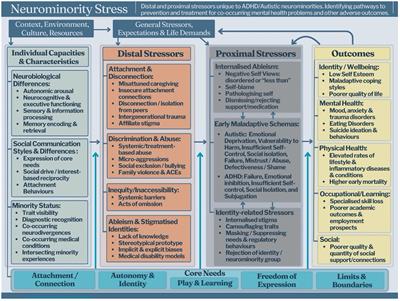ORIGINAL RESEARCH
Published on 18 Mar 2025
Discrete early maladaptive schema subgroups in remitted bipolar disorders: association with neuropsychological performance, residual symptoms, and psychosocial functioning
doi 10.3389/fpsyg.2025.1476345
- 399 views

